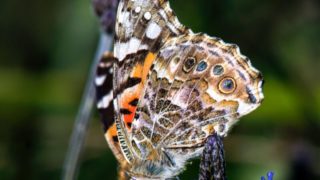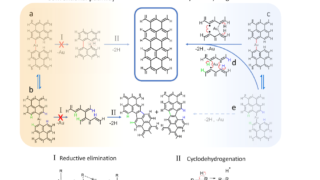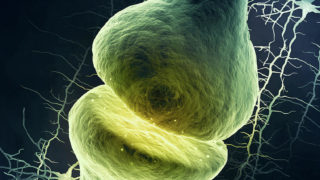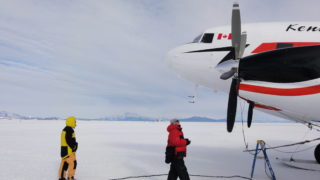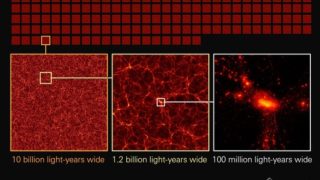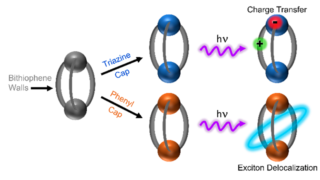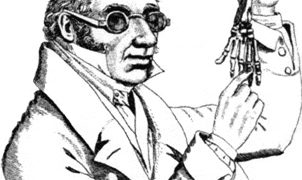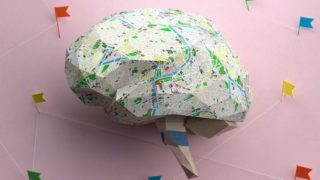
Mapping how the 100 billion cells in the brain all fit together is the brave new world of neuroscience
The brain plays an essential role in how people navigate the world by generating both thought and behavior. Despite being one of the most vital organs of life, it takes up only 2% of human body volume. How can something so small perform such complex tasks? Luckily, modern tools like brain mapping have allowed neuroscientists […]

